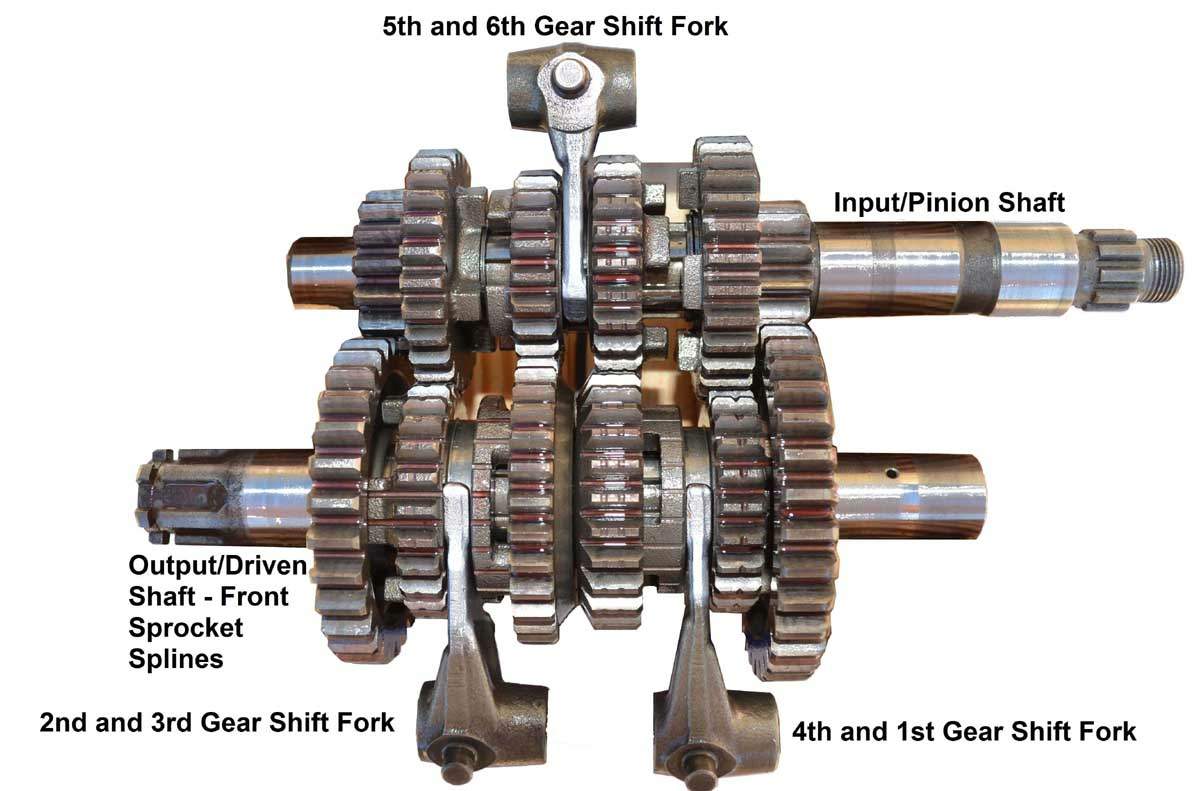Synchromesh Meaning In Hindi
Double-clutching is a driving technique solely used in manual transmission vehicles. To understand how it works, the most important thing to know is that there are three systems involved: the engine, the clutch, and the transmission. Your engine produces power, the clutch transmits that power to the transmission, and the transmission sends the power to driven wheels. Each one of these systems, the engine output shaft, the clutch, and the transmission output shaft, can all rotate independently.The purpose of a clutch is to act as a buffer between the engine and transmission, so when the speeds are mismatched, the clutch is utilized to sync the two systems together. The rotation speed of the transmission output shaft, the shaft that’s sending power to driven wheels, however, is dependent on what gear the transmission is in.
- Synchromesh Meaning In Hindi Language
- Synchromesh Meaning In Hindi Translation
- Synchromesh Gearbox Meaning In Hindi
In lower gears, the engine will spin fast relative to the transmission output shaft. In high gears, the transmission output shaft will spin quickly relative to the engine. Jason FenskeSo what does all of this have to do with double clutching? To understand, let’s assume we’re currently in fourth gear, we’re slowing down, and we need to downshift into third gear. As mentioned, this means we’ll be shifting the engine to a higher RPM relative to the vehicle speed.
Here’s where understanding the independent role of each system is critical. When you press in the clutch to downshift, the engine rotates by itself, while the clutch and transmission output are still rotating together. As you move the gearshift from fourth, to neutral (before reaching third gear), now the clutch and transmission are rotating separately. Double clutching means at this point, you release the clutch, while the transmission is still in neutral.
Releasing the clutch pedal links the engine and clutch together, but the transmission output shaft is rotating faster, as it’s connected to the driven wheels.In order to successfully shift into third gear, at this point you must raise the engine RPM by pressing the accelerator pedal, raising the rotation speed of the engine, clutch, and third gear (which is indirectly connected to the clutch) to the same speed as the transmission output shaft. Next, the clutch is depressed, the gear selector is moved from neutral to third, and then the clutch is released, all of this providing a smooth downshift.Recapping the process, downshifting from fourth to third: 1. Press in the clutch pedal. Place the shifter in neutral. Release the clutch. Tap the throttle. Press in the clutch pedal once more.
Place the shifter into third gear. Release the clutch pedal.Got it? Now let’s introduce synchronizers into the mix. Nearly all modern manual transmission passenger vehicles have synchronizers, which makes the entire process described above unnecessary. Historically, however, heavy-duty freight truck transmissions do not have synchronizers. The purpose of the synchronizer is to match the rotational speed of the gear you’re selecting (which is linked to the clutch speed) to the speed of the transmission output shaft. This removes the need to press the clutch pedal twice, and instead of moving the shifter to neutral, you can go straight to the next gear you’re choosing.Knowing that your manual transmission vehicle uses synchronizers, you may think there is no point in understanding how to double clutch.
There are still specific scenarios, however, where it can be useful. If you’re coming up to a red light with the transmission in neutral, and the light turns green before you come to a complete stop, you might find it difficult to get the car into first gear. This is because the transmission output speed is highly mismatched versus the engine and clutch speed. With the car in neutral and your foot off the clutch, if you tap the throttle, then depress the clutch, and then try to shift into first gear, you’ll notice it’s much easier.
Not only does double clutching allow you to put the transmission in first gear while you’re already moving, but it can also serve to extend the life of your synchronizers.For a more visual explanation of how this all works, check out the video below.
Welcome back folks! Thanks to the help of you guys, we've gotten lots of feedback in respect to the addition of new features and in identifying some nagging bugs. Civ 6 trainer.
Freebase (0.00 / 0 votes) Rate this definition:.SynchroA synchro is, in effect, a transformer whose primary-to-secondary coupling may be varied by physically changing the relative orientation of the two windings. Synchros are often used for measuring the angle of a rotating machine such as an antenna platform. In its general physical construction, it is much like an electric motor. The primary winding of the transformer, fixed to the rotor, is excited by an alternating current, which by electromagnetic induction, causes currents to flow in three Y-connected secondary windings fixed at 120 degrees to each other on the stator.
Synchromesh Meaning In Hindi Language

Synchromesh Meaning In Hindi Translation


Synchromesh Gearbox Meaning In Hindi
The relative magnitudes of secondary currents are measured and used to determine the angle of the rotor relative to the stator, or the currents can be used to directly drive a receiver synchro that will rotate in unison with the synchro transmitter. In the latter case, the whole device may be called a selsyn.